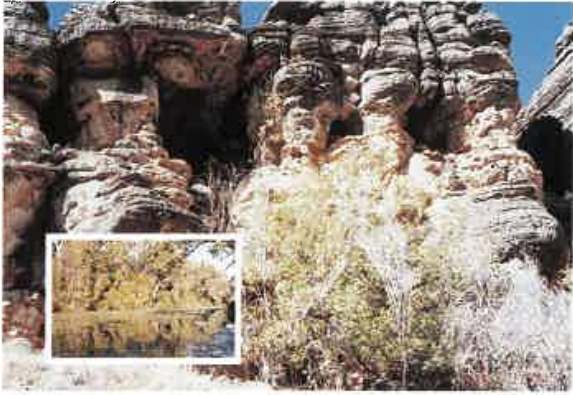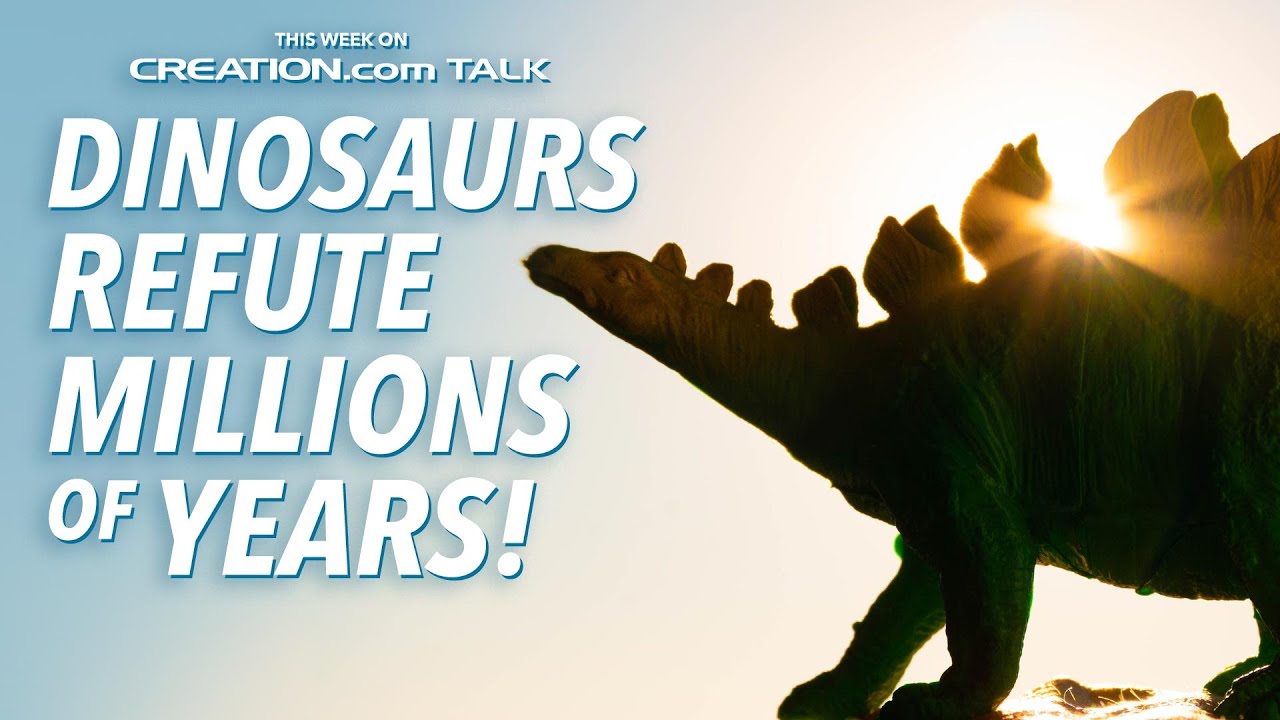Sperm wail
The evolutionists’ cry that ostracod gametes are 17 million years old defies common sense

Evolutionists lament that, as yet, they don’t have a satisfactory evolutionary explanation for the giant sperm produced by cypridoidean ostracods. Sperm are the gametes of the male, essential for sexual reproduction. Cypridoidean ostracods are tiny crustaceans that, in the words of paleontologist Professor Michael Archer, “have two little shells and if you look inside, it looks like a little crab tucked up inside”.1 They are the only creatures to have aflagellate [i.e. lacking a tail], filamentous giant sperm—about 1 cm (0.4 inch) in length.
As Professor Archer and his co-researchers admit, “The evolution and function of this highly unusual feature of reproduction with giant sperm are currently unknown.”2
However, that isn’t the only challenge for the evolutionary paradigm. The supposedly millions-of-years-old ostracod fossils that Archer and his team examined from the famous Riversleigh fossil deposits in Queensland, Australia, were beautifully preserved, to the point of “three-dimensional subcellular preservation”.2 That’s what enabled the researchers to study the gametes and internal reproductive organs in great detail.
“Nobody has ever seen sperm fossilised like this before,” said Professor Archer. “We get used to fossil bones and teeth but we did not expect the soft tissues would also preserve for 17 million years.”1
Such was the degree of subcellular preservation that the researchers could make out the coiled nuclei in the sperm. (See photo above.) “We’ve never seen the intracellular structures preserved before,” said Archer. “It’s the nature of this preservation that has boggled everybody’s mind.”

Well may the evolutionists wail that this ‘boggles the mind’. Because what’s more, preserved along with the males were female ostracods, in which the researchers saw sperm trapped in the large seminal receptacles that store sperm before fertilization. As Professor Archer mused,
“These guys were actively in a state of reproduction. They are going about it and then suddenly tables turned and all of a sudden all biological activity stopped and they were sent into the future as a time capsule just doing what they were doing.”1
By what means do Archer and his colleagues surmise that these creatures could have been preserved at that exact moment?
Pointing to examples of “exceptional soft-tissue preservation in fossil bat-rich deposits in France”, they suggest the key to such exquisite preservation may be “some magic ingredient in bat droppings.”1
So Professor Archer suggests the Queensland site was once a pool inside a bat-filled cave, and that the ostracods were preserved “in a torrential rain of bat droppings” which “happened so fast that soft tissues apparently were preserved.”
Really? Then why don’t we observe similar occurrences today, where crowded bat roosts overhang cave pools? Surely it makes much more sense to consider Riversleigh as a legacy of the global Flood of Noah’s day. Rapid burial, rapid sedimentation, rapid preservation—only about 4,500 years ago. It makes much more sense to view the well-preserved sperm from that historical timeline, not a millions-of-years fantastical stretch.
But zealous evolutionist Professor Archer, renowned for his strong anti-creationist stance over several decades,3 is one of those who “deliberately forget” the biblical account of the Flood (2 Peter 3:3–6)—and creation. Yet with his own eyes and mouth he has noted of the Riversleigh ostracod fossils that “the preserved sperm look no different to those found in modern ostracods”. Just what you’d expect if creatures were created by God to reproduce “according to their kind”, just as the Bible says.
In fact, we have earlier documented evolutionists’ reporting of ‘evolutionary stasis’ in ostracods over even longer (supposed) timeframes—more than 400 million years.4 Here’s an extract from the cited 2003 paper published in Science journal:
“An exceptionally well-preserved ostracode from the Silurian of Herefordshire, United Kingdom, provides a rare view of the fossilized soft-part anatomy of this important group of living crustaceans and confirms that Ostracoda were extant in the Paleozoic. The fossil has striking similarity to the extant myodocopid family Cylindroleberididae, to which it is assigned, and demonstrates remarkable evolutionary stasis over 425 million years. The fossil is identified as a male on the basis of its copulatory organ.”5
“Remarkable evolutionary stasis”? Aside from this being a beautiful oxymoron, surely this is surprising only if you were expecting to find evidence that living things have evolved. Whereas if you were expecting that the evidence would be consistent with the creation account and timeline of the Bible, the only thing that’s remarkable is the blindness of so many to the truth of that account. Perhaps that ‘mystery blindness’ is partially explained by 2 Thessalonians 2:10–11:
“ … and in every sort of evil that deceives those who are perishing. They perish because they refused to love the truth and so be saved. For this reason God sends them a powerful delusion so that they will believe the lie …”
Re-featured on homepage: 26 April 2023
References and notes
- Salleh, A., World’s oldest sperm ‘preserved in bat poo’, abc.net.au, 14 May 2014. Return to text.
- Matzke-Karasz, R., Neil, J., Smith, R., Symonová, R., Mořkovský, L., Archer, M., Hand, S., Cloetens, P. and Tafforeau, P., Subcellular preservation in giant ostracod sperm from an early Miocene cave deposit in Australia, Proceedings of the Royal Society B, 281(1786): 20140394, 7 July 2014. Return to text.
- E.g., see Sarfati, J., Dr Michael Archer, local ringleader, 26 November 2002. Return to text.
- Bell, P., Evolutionary stasis: double-speak and propaganda, Creation 28(2):38–40, 2006; creation.com/evolutionary-stasis. Return to text.
- Siveter, D.J., Sutton, M. and Briggs, D., An ostracode crustacean with soft parts from the Lower Silurian, Science 302(5651):1749–51, 2003. Return to text.








Readers’ comments
Comments are automatically closed 14 days after publication.